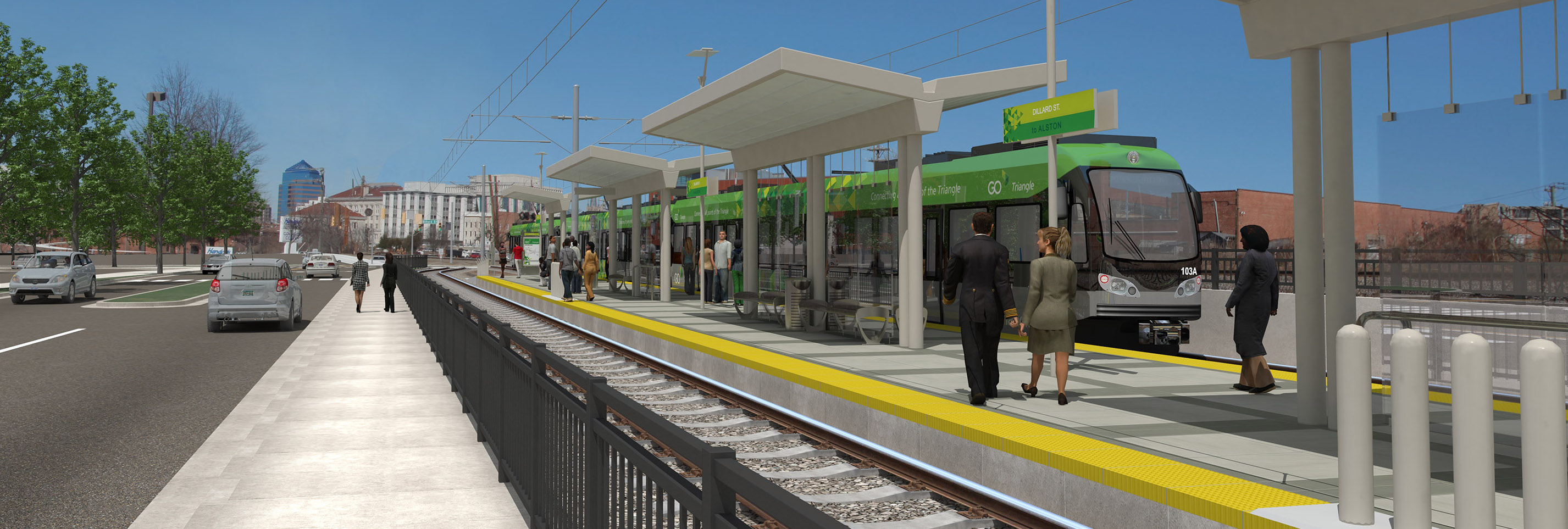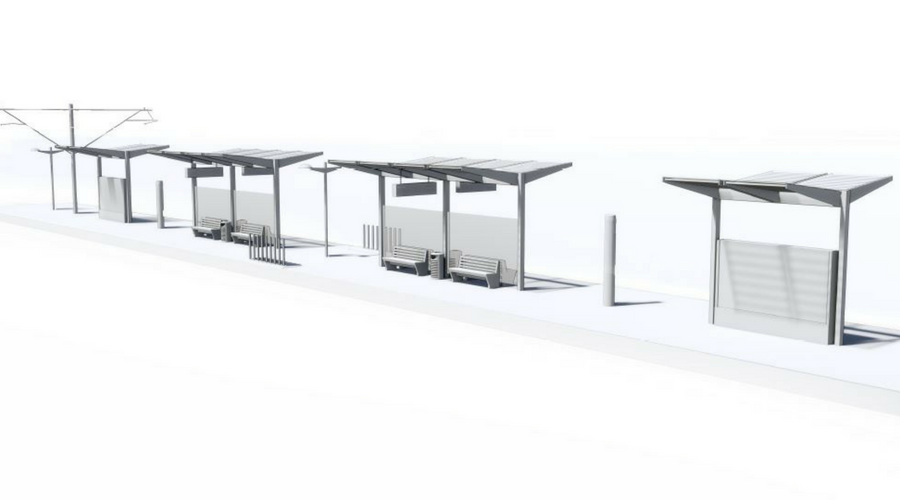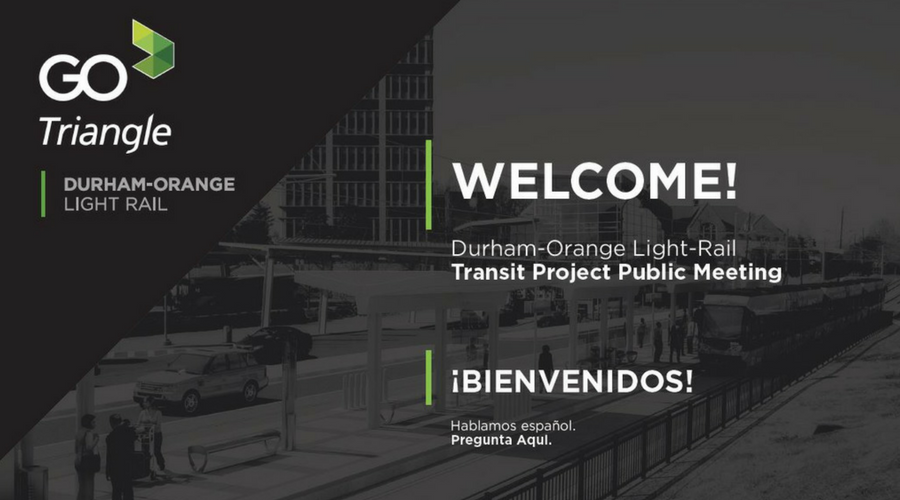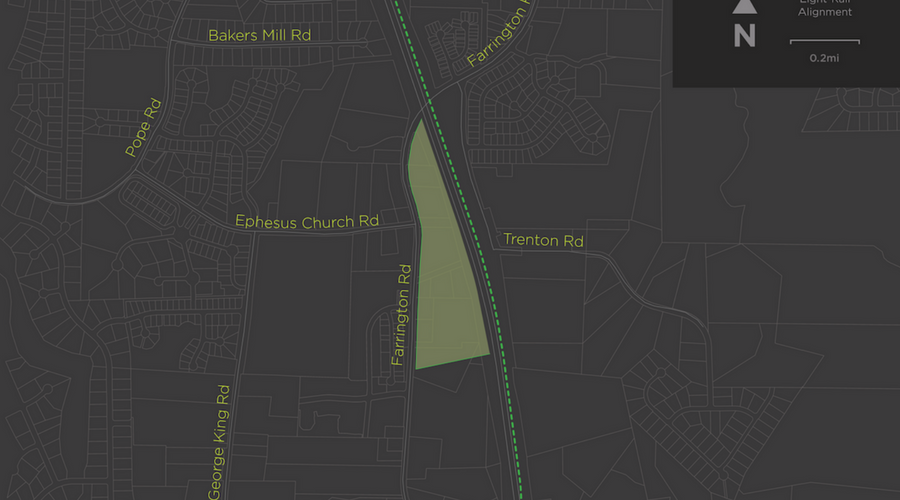Light Rail
The Triangle adds more than 80 residents a day, making it one of the fastest-growing regions in the country. Growth brings prosperity and new employment opportunities, but it also adds congestion to our roadways. A new light-rail line between downtown Durham and Chapel Hill will offer a congestion-free way to travel and help manage future growth by creating vibrant, walkable communities and connecting residents to jobs, education and health care.
The 17.7-mile light-rail line will provide over 26,000 trips per day to residents and commuters in Durham and Chapel Hill. The rail project will connect three major universities, three major medical facilities and three of the top 10 employers in the state: Duke University, UNC-Chapel Hill and UNC Health Care.



